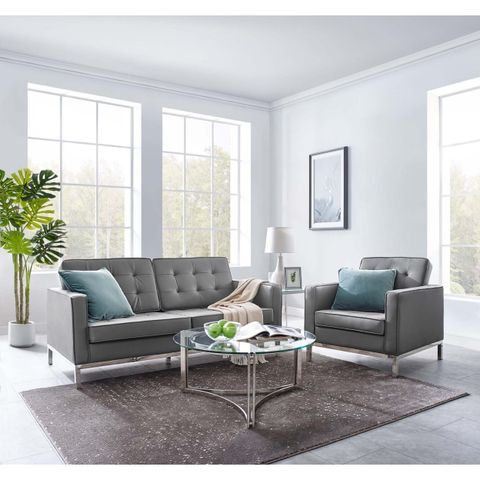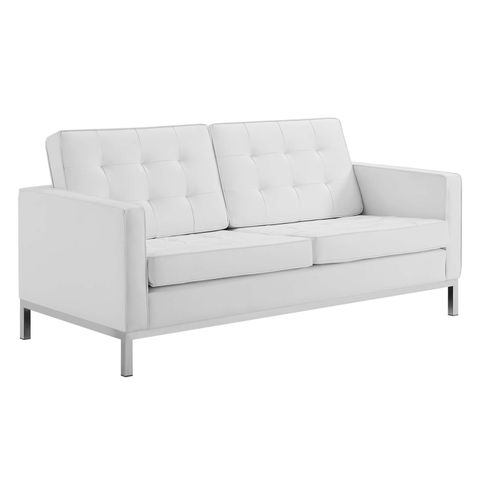When we think about seating, we often picture the softest cushion or the most elegant chair. But true comfort goes far beyond surface-level appeal. It’s about understanding how our bodies interact with surfaces, how different materials feel against our skin, and how design elements work together to create something that feels right. The art of crafting comfortable seating solutions isn’t just about aesthetics—it’s about creating experiences that support well-being.
Picture this: You’ve been sitting at your desk for hours, feeling the weight of your day pressing down on you. You finally get up to stretch, and your body thanks you for the break. But then you sit back down—and the familiar ache returns. What if that discomfort could be prevented? What if every chair, couch, and stool could be designed to work with your body rather than against it? That’s the challenge that designers and engineers face when crafting seating solutions. It’s not just about making something look good or feel soft. It’s about creating a partnership between human form and furniture design that supports health, productivity, and happiness. The magic happens when we consider how the body moves, how it distributes weight, and what materials best support those natural processes. Every seat tells a story, but the best ones tell the story of someone who truly understood what it means to sit comfortably.
Understanding Human Anatomy and Sitting Posture
The human body is remarkably adaptable, but it’s not built for prolonged sitting. Our spine naturally curves, our muscles need regular movement, and our circulation depends on proper positioning. When we sit improperly, we’re not just uncomfortable—we’re setting ourselves up for problems. The key to comfortable seating lies in supporting the natural alignment of our bodies. Think about the way your back naturally curves when you’re standing versus how it changes when you’re sitting. A well-designed seat needs to accommodate these differences. The lumbar region of your spine, for instance, needs support to maintain its natural curve. If you’ve ever sat in a chair that feels like it’s pushing your back forward, you know how uncomfortable that can be. It’s not just about cushioning—it’s about creating a foundation that allows your body to find its natural balance. This understanding of anatomy is what separates a good chair from a great one.
Material Science in Seat Design
Not all materials are created equal when it comes to comfort. The right combination of materials can make the difference between a seat that feels great today and one that becomes uncomfortable over time. Foam density matters—higher density foams tend to last longer and provide better support. Memory foam is popular because it molds to your body shape, but it’s not always the best choice for everyone. Some people prefer the bounce of springs, while others crave the firmness of gel. The outer cover material also plays a role. Breathable fabrics like cotton or linen keep you cooler, while synthetic materials might trap heat. Leather offers a different kind of comfort entirely, providing a smooth surface that’s easy to clean. Consider the kitchen table where you might spend hours eating with family. The right material choices there could mean the difference between a pleasant meal and an uncomfortable experience. It’s all about finding the right blend of properties that suit your lifestyle and preferences.
Ergonomic Principles in Modern Seating
Ergonomics isn’t just a buzzword—it’s a fundamental approach to designing furniture that works with human capabilities rather than against them. Think about how your feet rest on the floor when you sit, how your arms hang naturally, and how your head aligns with your spine. Good ergonomic design addresses these factors systematically. Adjustable features have become standard in many modern chairs, allowing users to customize their seating experience. Height adjustment lets people find the right position for their desk. Armrests can be moved to support different arm positions. Back support can be adjusted to accommodate various sitting postures. But ergonomics isn’t just about adjustability—it’s about creating designs that naturally guide your body into better positions. A well-designed office chair might encourage you to sit with your shoulders relaxed, your feet flat, and your back supported. That’s the power of thoughtful ergonomic principles in action.
The Psychology of Comfort
Comfort isn’t purely physical—it’s deeply psychological too. How a seat looks can influence how you feel while sitting. A sleek, modern chair might make you feel productive, while a cozy armchair might make you feel relaxed. The color of a seat, the texture of its fabric, even the shape of its backrest can trigger emotional responses. Have you ever noticed how certain seats seem to make you feel more alert or more at ease? That’s psychology at work. The design choices that go into a seat affect how we perceive ourselves and our environment. A chair that makes you feel confident might improve your focus. One that makes you feel cozy might help you unwind after a long day. The interaction between the physical comfort of a seat and the emotional response it creates is what makes seating truly transformative. It’s not just about what you feel physically—it’s about how you feel mentally and emotionally.
Innovations in Seating Technology
Technology has revolutionized how we think about comfort in seating. Smart chairs now feature sensors that monitor posture and provide feedback through apps. Some even vibrate gently to remind you to stand or move around. The concept of dynamic seating is gaining traction, where seats actively encourage movement rather than encouraging static positions. These innovations aren’t just about luxury—they’re about health. Research shows that movement during sitting can reduce back pain and improve circulation. Some companies are experimenting with materials that adapt to body temperature, keeping you cool in summer and warm in winter. Others are exploring how artificial intelligence can learn your preferences and adjust settings automatically. These developments show how far we’ve come from traditional seat design. The future of seating promises even more personalized comfort solutions that respond to our individual needs.
Practical Tips for Choosing the Right Seating
So how do you actually choose a seat that will serve you well? Start by thinking about your daily routine. Do you sit for long periods? Are you looking for support during work or relaxation? Consider your body type and any physical concerns. If you have back issues, you’ll want to prioritize support. If you’re tall, you might need height-adjustable options. Don’t forget about the space where the seat will go. Measure carefully before purchasing. Test the seat if possible—sit for a few minutes and see how it feels. Look for features that matter to you, whether that’s adjustable backrests, breathable materials, or easy cleaning. Remember that comfort is personal. What works for someone else might not work for you. Take your time with the decision. The right seat should feel like a second skin, supporting you throughout your day.
Creating truly comfortable seating solutions is both an art and a science. It requires understanding the human body, embracing innovative materials, and considering the emotional impact of design choices. Whether you’re designing a chair for a home office or a public space, the goal remains the same: to support people in their daily activities while enhancing their well-being. The best seating solutions don’t just hold us up—they help us feel better, work better, and live better. They recognize that comfort is not a luxury but a necessity. As technology continues to evolve and our understanding of human needs deepens, we can expect even more sophisticated approaches to seating comfort. But at its heart, the art of crafting comfortable seating remains rooted in empathy—understanding what it means to sit, to rest, and to feel supported in our everyday lives. The next time you settle into a chair, take a moment to appreciate the careful thought that went into making that experience possible.












